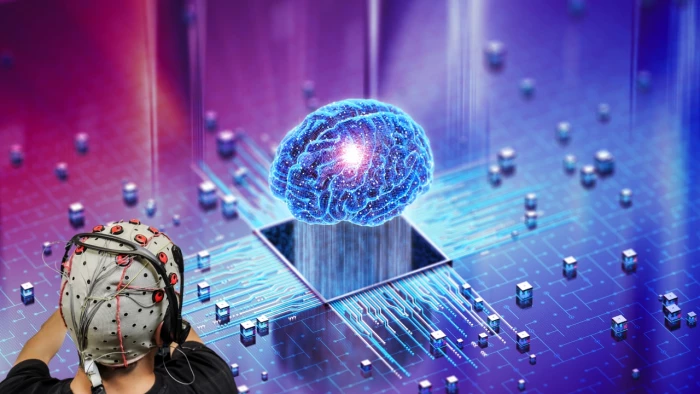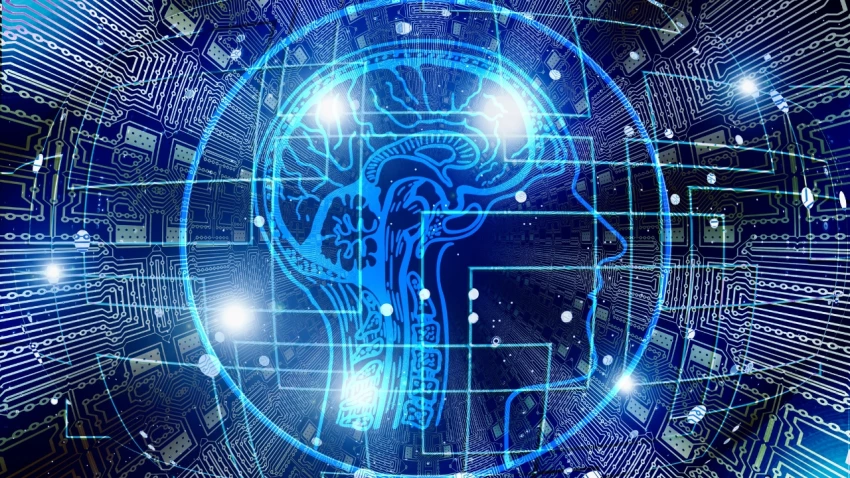

Neuromorphic computing is no longer a futuristic idea—it’s a rapidly growing field at the intersection of neuroscience, computer science, and engineering. But the key question remains: can hardware truly mimic the human brain? To answer that, we need to dive into what neuromorphic computing is, how it works, and the technologies driving it forward.
Neuromorphic computing refers to computer architectures inspired by the structure and function of the human brain. Unlike traditional von Neumann machines, neuromorphic hardware is designed to process information in parallel, just as neurons and synapses do. This design makes neuromorphic systems inherently adaptable, energy efficient, and capable of handling unstructured data more effectively.
The goal is not just faster computation but cognition-like adaptability. So, how is neuromorphic computing like a human brain? It incorporates principles of plasticity, parallel processing, and self-learning through adaptive algorithms, much like neurons rewiring themselves in response to stimuli.
At the core of neuromorphic computing is the idea of mimicking biological neural networks. Neuromorphic chips rely on spiking neural networks (SNNs), which transmit information using electrical spikes—closely resembling how neurons communicate. These spikes encode both timing and frequency, enabling efficient processing with minimal energy use.
Key components include:
This integration allows neuromorphic systems to handle tasks like pattern recognition, robotics control, and decision-making in dynamic environments.
Traditional computing separates memory and processing, but neuromorphic computing fuses them, much like synapses and neurons. This architecture enables parallel processing, adaptability, and high performance with energy efficiency.
Neuromorphic hardware examples include:
These architectures make it possible to ask: Can a computer simulate a human brain? Not fully yet, but progress suggests that brain-inspired machines could eventually reach levels of cognition not possible with conventional systems.
Neuromorphic systems promise a wide range of benefits:
These benefits make neuromorphic computing highly attractive for applications requiring low power and real-time adaptability.
Despite its potential, neuromorphic computing faces several obstacles:
These challenges raise the broader question: can AI replicate the brain? The answer is complex. Neuromorphic systems show promise but still lack the depth of human cognition.

Practical applications are emerging across industries:
One of the most promising domains is neuromorphic computing for robotic vision, where algorithms to hardware advances allow robots to perceive and adapt in real-time, much like biological organisms.
As neuromorphic systems grow more brain-like, ethical and social concerns arise. Questions about personhood, ownership, and property rights of intelligent systems must be addressed. If machines begin to show human-like adaptability, how should society regulate their development? Moreover, social concerns around privacy, bias, and misuse of neuromorphic AI demand strict oversight.
So, which technology mimics the human brain? Neuromorphic computing stands at the forefront, blending cognitive system design with learning algorithms and architectures to create intelligent, energy-efficient machines. While we’re still far from building a computer that can fully replicate the brain, the progress is undeniable.
The integration of neuromorphic hardware, algorithms, and sensors is not only pushing AI forward but also reshaping our understanding of intelligence itself.
Neuromorphic computing is more than a research trend—it’s a paradigm shift. The question, “Neuromorphic computing: can hardware truly mimic the brain?” is not just theoretical. Early neuromorphic computing examples like TrueNorth, Loihi, and SpiNNaker show that while full brain simulation remains out of reach, the advantages in adaptability, efficiency, and parallelism are real.
The future lies in combining neuroscience insights with cutting-edge engineering. Whether through deep learning, evolutionary algorithms, or reservoir computing, neuromorphic systems may one day bring us closer to answering the ultimate question: can AI truly replicate the brain?
Be the first to post comment!